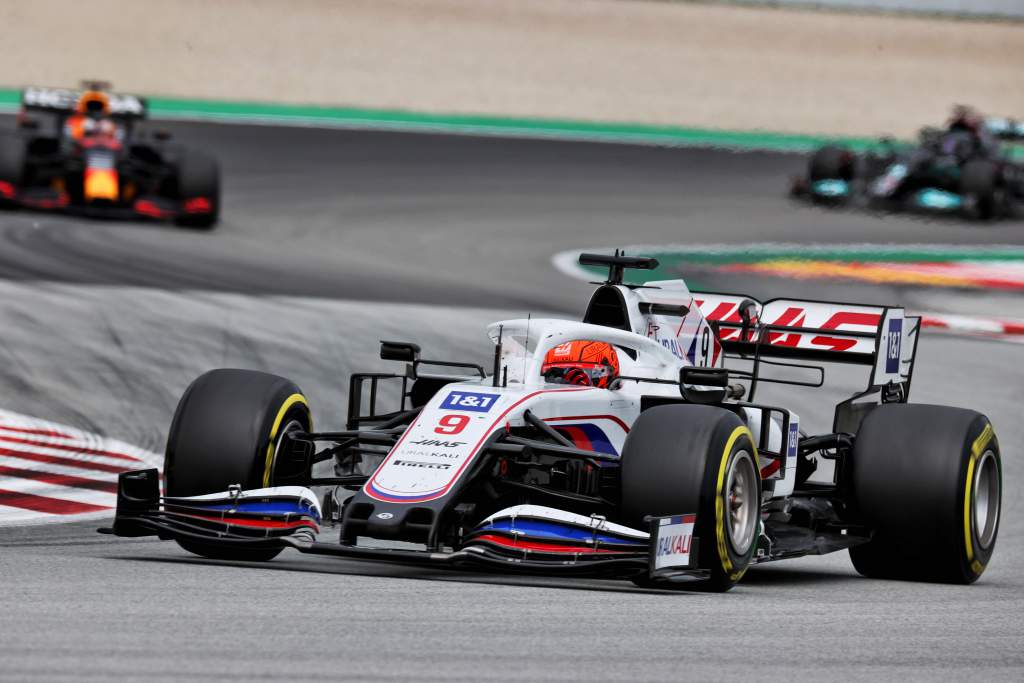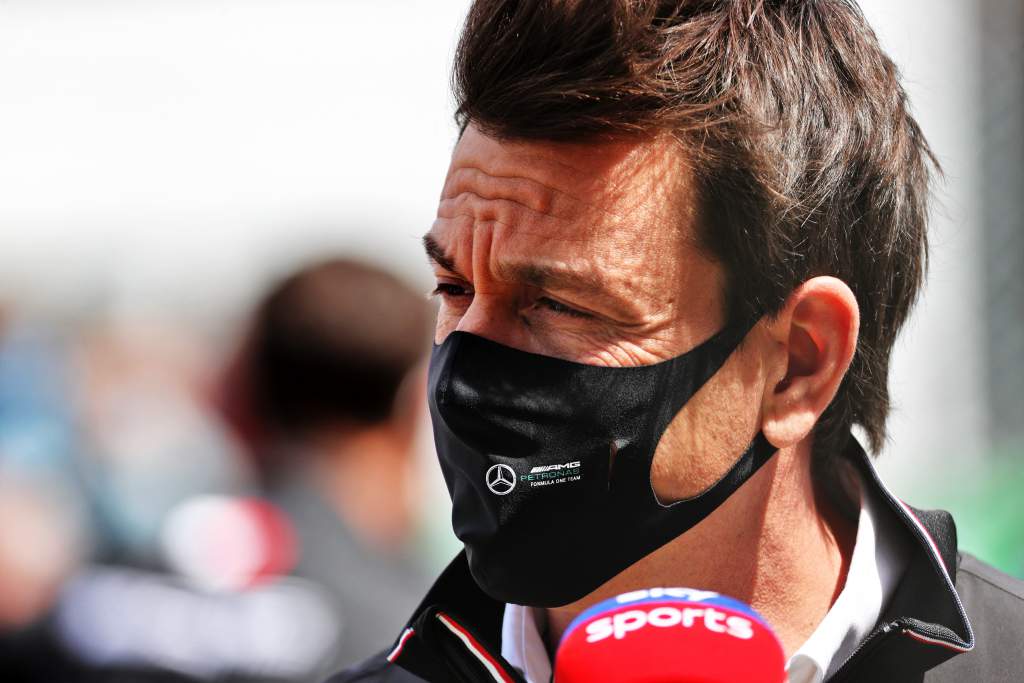Up Next

The frustrated radio message from Mercedes boss Toto Wolff to FIA race director Michael Masi during the Spanish Grand Prix was the first use of a new Formula 1 broadcast addition.
At a crucial phase of Sunday’s race at Barcelona, just after race leader Max Verstappen had pitted, Mercedes driver Lewis Hamilton spent a lap and a half relatively close to the Haas of backmarker Nikita Mazepin.
Hamilton radioed “blue flags” to his team, which is usually an instruction to report it to race control, but F1 utilises an automated marshalling system to ensure the point at which drivers are shown blue flags is consistent.
The system gives a pre-warning when a faster car is within three seconds of a car about to be lapped, which the FIA says “should be used by the team of the slower car to warn their driver he is soon going to be lapped and that allowing the faster car through should be considered a priority”.
A driver will only be required to move aside “at the first available opportunity” when the car behind is within 1.2s and blue flags, blue trackside light panels, a blue cockpit light and message on the timing monitors are all displayed.
While Hamilton was behind Mazepin, the F1 world feed broadcast two messages from team principal Wolff alongside a new graphic indicating it was a team/FIA exchange – as normally the only radio exchanges broadcast are between the team and driver.
“Michael, blue flags,” Wolff said. “Michael, this guy makes us lose the position.”

Masi admitted he “very rarely” hears from Wolff on the race control radio and explained that the reason it was broadcast is the result of an idea F1 and the FIA have been working on for some time.
“It actually came about through a discussion at an F1 Commission meeting last year, so they [viewers] could hear as part of the broadcast the communications between the pitwall and the teams, which is a regular part of what we do operationally,” said Masi.
“Yesterday was the first time that it started [being available to broadcast live].
“So the F1 Group, through their broadcasts, has been doing some trials in the background, have seen what that looks like.
“And all the teams were advised and this weekend’s the first time it’s gone live to air.”
Hamilton eventually forced the signals to be activated and by that time Mercedes had already committed to keeping him on-track rather than pitting immediately in response to Verstappen.
The time lost to Mazepin did not prove crucial as Hamilton extended his stint by multiple laps and thus rejoined several seconds behind Verstappen, and went on to win anyway by executing a two-stop strategy.






